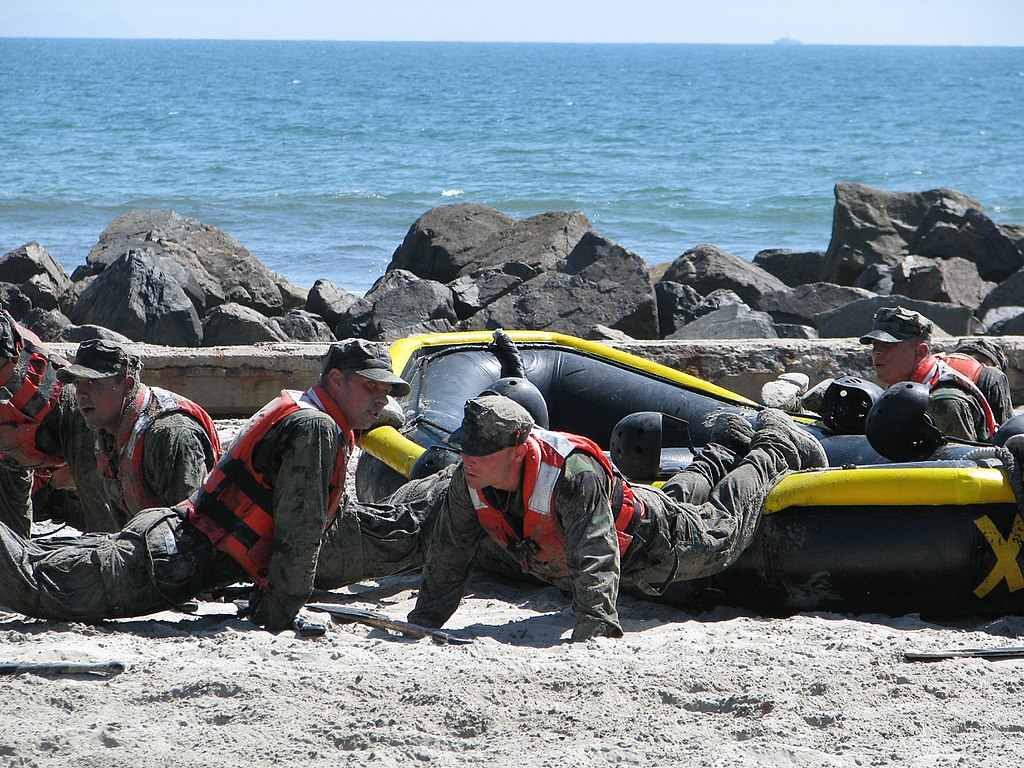When it comes to fighting a war, Americans think about the Army, Navy, Air Force, or Marines. Each of these branches practice a strict command and control hierarchy.
In command and control structures, the higher up in the command structure someone is, the more skills they have. From this prospective, it makes total sense to employ a strategy of taking out the top brass. This prospective operates on the assumption that the replacement will be somewhat less skilled than the one eliminated. If the 2nd in command was smarter, he would have been at the top instead of being second-best. If you keep killing the current top brass over and over, the standing army becomes less and less skilled over time. This is called the process of attrition.
In businesses, the assumption is the same. The CEO became the CEO because he was the smartest and most skilled at leading the organization. If he is removed, one of his underlings, someone not as smart or skilled as the CEO, will replace him. What makes this true is that both corporations and standing armies are based on a centralized command and control hierarchy.
ISIS is not a centralized command and control organization. Instead, it employs autonomous sleeper cells that cling to an ideology, not to any hierarchical structure. Consequently, it is decentralized.
In decentralized organizations, such as ISIS, killing the leader means the group goes deeper underground and splinters even further, making it even harder to target and destroy. Splinters act alone in unpredictable ways. They create and test new ways of fighting the enemy. More experimentation from small-scale cells will uncover more successful ways to thwart the enemy, making them more successful overall.
When a splinter cell scores a victory, command, and control organizations commit resources to defend against future copycat attacks. Richard Reid, the shoe bomber in 2001, caused us to change airport security measures that are still in place today. Some might say we have been successful at preventing future shoe bombers, but at what cost? Then, in 2009, we had the underwear bomber. Now, we have Backscatter X-ray machines at TSA checkpoints to prevent another underwear bomber. For command and control organizations, the defense is a bit like playing whack-a-mole. Our attention is always being drawn in new directions as we commit more and more resources to defending against similar attacks in the future, which just consumes more and more resources.
Throughout history, wars between nations were fought between two command and control armies. Each approached the battle in much the same way. In the end, one army was victorious and the other was defeated. Then came the Revolutionary War. On one side, the British had conscripted professional soldiers who adhered to their centralized command and control hierarchy. On the other side, there was colonist militia united by an ideology and in a highly decentralized structure. In the end, the decentralized colonists defeated the centralized British.
Fast forward to more recent wars such as the Vietnam War and the Soviet-Afghan War. In the Vietnam War, the centralized US was driven out by the decentralized North Vietnam guerrillas. In the Soviet-Afghan War, the centralized USSR was driven out by the decentralized Afghanistan fighters. As you can see, the decentralized side defeated the centralized side in these wars.
This principle is not only true in war. Capitalism is decentralized while socialism is centralized. Here again, capitalism eventually wins out over time.
The business world can take a lesson from the relatively small, but decentralized ISIS forces. Small agile startups with the limited resource are just like ISIS splinter cells. Relentless small attacks on larger competitors eventually cause these large behemoth organizations to collapse under their own weight as they redirect resources toward useless defensive positions.
How can your organization adopt the strategies of ISIS?












